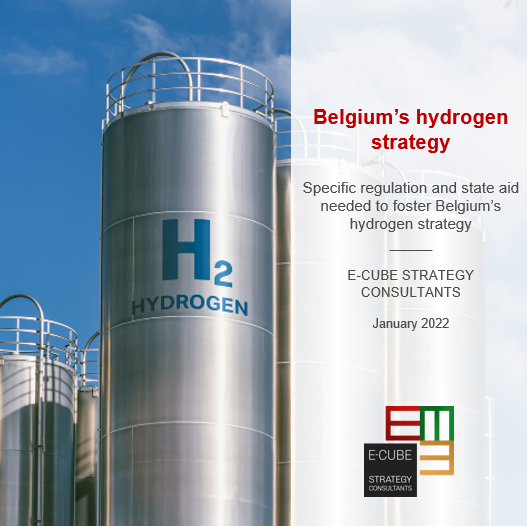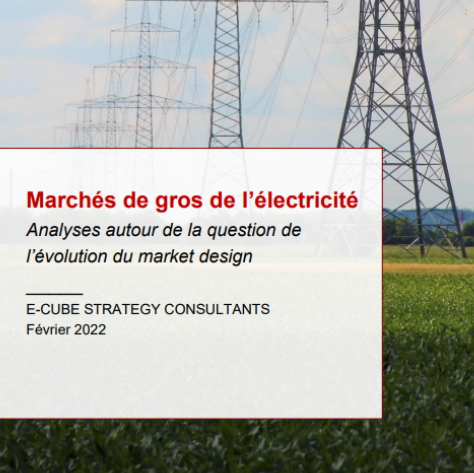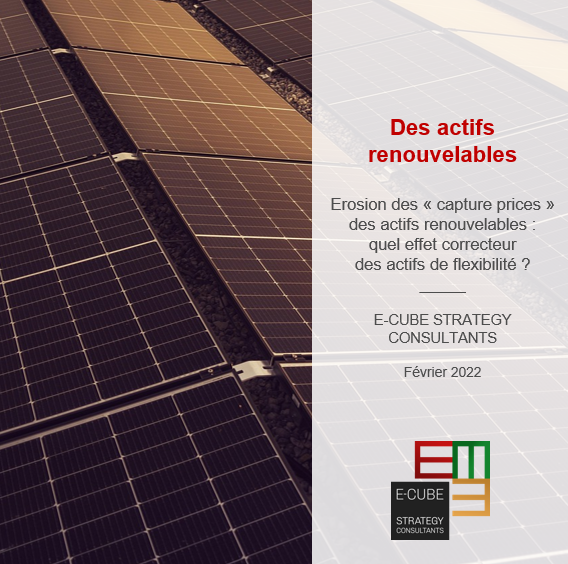As part of their appearance on the Smart Impact programme on B SMART, Pierre Germain, co-founder and Partner at E-CUBE, and Antoine Huard, co-founder and CEO of Verso Energy, analysed the profound transformations currently underway in public policies supporting the Energy-Climate Transition in France and Europe. A look back at the key points discussed during this exchange.
An Evolution of Political Priorities in Europe and France
The Clean Industrial Act will serve as the ‘compass’ of the new European Commission. Following the Green Deal of the 2019–2024 cycle, this directive marks a new era, aiming to combine economic growth, industrial competitiveness, and ecological transition. Among the early signs of this shift, we observe:
- A questioning of the 2035 deadline for ending the sale of combustion-engine vehicles
- The return of gas, with Germany launching a 10 GW hydrogen-ready CCGT plan
- A push for simplification that challenges certain directives such as the CSRD
In France, the challenges are of a different nature: delays in energy planning with the postponement of the PPE, the end of the General Secretariat for Ecological Planning, and a downward revision of renewable energy (RE) deployment targets. This is further complicated by the re-emergence of antagonism between nuclear energy and renewables.
The Political, Economic, and Technical Reasons for These Transformations
This strategic shift is explained by a combination of political, economic, and technical reasons:
- Limited financing capacity for climate policies in a context of tight budgets
- Questions around the social acceptability of certain measures and the growing expression of hostility towards pro-climate policies at the polls
- Issues of industrial competitiveness and sovereignty in the face of the risk of European decline
- Difficulties in establishing a sustainable and functional market model
The Impact of Donald Trump’s Election: A Triggering Factor
The geopolitical impact of Donald Trump’s election reintroduced energy as a lever of international power dynamics. As highlighted by the Draghi report, electricity and gas prices, two to five times higher in Europe than in the United States, have become a decisive competitive advantage for American companies.
What Are the Consequences for Renewable Energy Sector Stakeholders?
In the short term, this cyclical downturn creates opportunities for consolidation, especially in a context where renewable production assets, considered overvalued in recent years, are seeing their prices stabilise.
However, the slowing down of targets could also weaken access to private capital, making investors more cautious.
This period of adjustment also invites stakeholders in the renewable energy sector to rethink their strategies:
- Finding direct outlets with consumers to compensate for reduced public support
- Anticipating midday price collapses, particularly for solar energy
- Evaluating hybridisation opportunities with storage
- Rethinking operational models to reduce costs
Find the full interview with Pierre Germain here.










